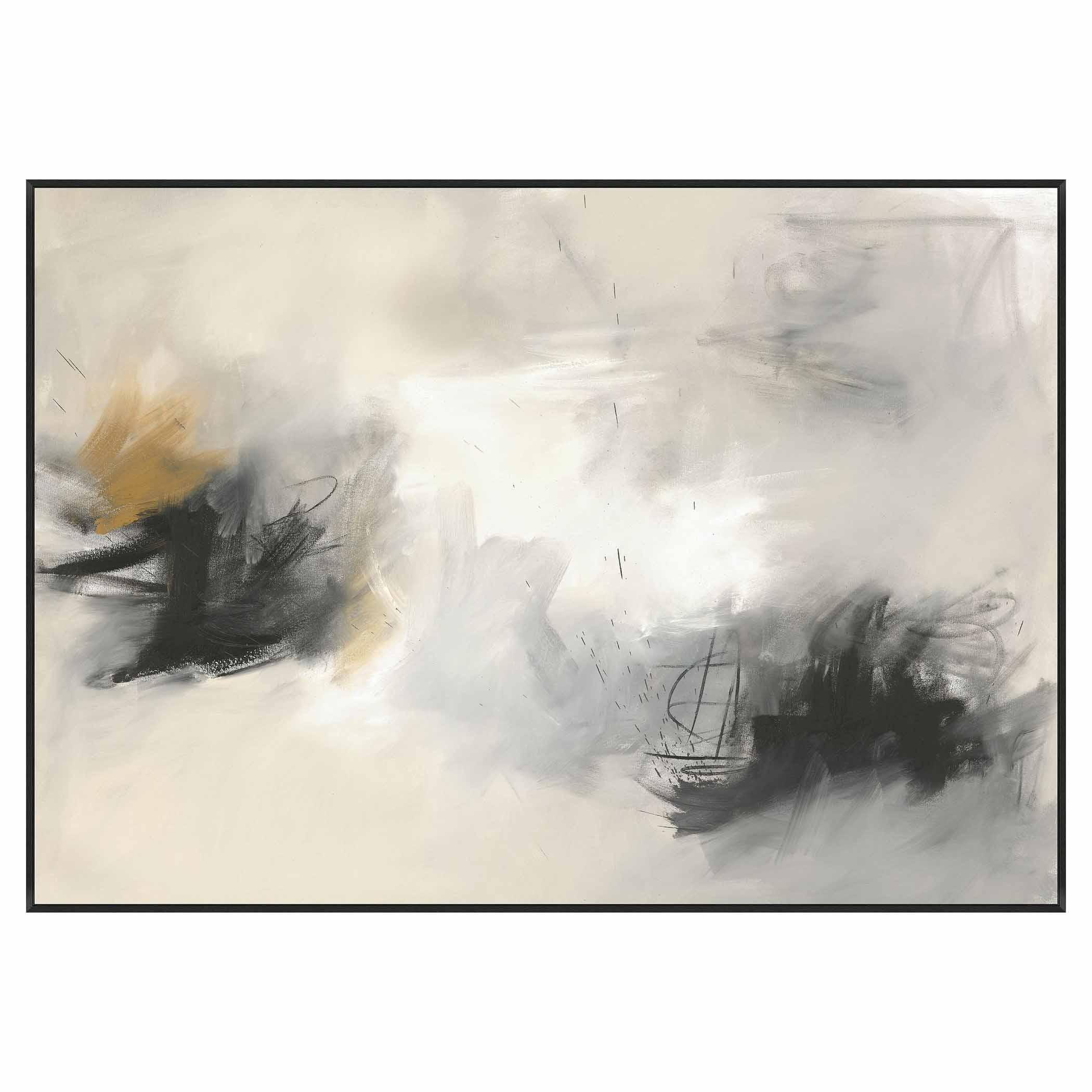A true museum quality piece of artwork from the 17th Century.
Original portrait on canvas titled at top depicting portrait of Emperor Carolus V wearing jeweled armor with red sash displayed in a carved gilt wood frame.
Charles V (Ghent, 24 February 1500 ? 21 September 1558) was Holy Roman Emperor and Archduke of Austria from 1519 to 1556, King of Spain from 1516 to 1556, and Lord of the Netherlands as titular Duke of Burgundy from 1506 to 1555. He was heir to and then head of the rising House of Habsburg. His dominions in Europe included the Holy Roman Empire, extending from Germany to northern Italy with rule over the Austrian hereditary lands and Burgundian Low Countries, and Spain with its possessions of the southern Italian kingdoms of Naples, Sicily and Sardinia. In the Americas, he oversaw the continuation of Spanish colonization and a short-lived German colonization. The personal union of the European and American territories he ruled was the first collection of realms labelled “the empire on which the sun never sets”.
Charles was born in Flanders to Habsburg Archduke Philip the Handsome, son of Maximilian I, Holy Roman Emperor and Mary of Burgundy, and Joanna of Castile, younger child of Isabella I of Castile and Ferdinand II of Aragon, the Catholic Monarchs of Spain. Heir of his grandparents, Charles inherited his family dominions at a young age. After his father’s death in 1506, he inherited the Low Countries. In 1516 he became King of Spain as co-monarch of Castile and Aragon with his mother. Spain’s possessions included the Castilian colonies of the West Indies and the Spanish Main, as well as Naples, Sicily, and Sardinia. At the death of his grandfather Maximilian in 1519, he inherited the Austrian hereditary lands and was elected as Holy Roman Emperor. He adopted the Imperial name of Charles V as his main title, and styled himself as a new Charlemagne.
Charles revitalized the medieval concept of universal monarchy. With no fixed capital, he made 40 journeys through the different entities he ruled and spent a quarter of his reign travelling within his realms. Although his empire came to him peacefully, he spent most of his life waging war, exhausting his revenues and leaving debts in his attempt to defend the integrity of the Holy Roman Empire from the Reformation, the expansion of the Ottoman Empire, and in wars with France. Charles borrowed money from German and Italian bankers and, to repay them, relied on the wealth of the Low Countries and on flow of silver from New Spain and Peru, brought under his rule following the Spanish conquest of the Aztec and Inca empires, which caused widespread inflation.
Crowned King of Germany in Aachen, Charles sided with Pope Leo X and declared Martin Luther an outlaw at the Diet of Worms in 1521. The same year, Francis I of France, surrounded by the Habsburg possessions, started a war in Italy that led to the Battle of Pavia (1525). In 1527, Rome was sacked by an army of Charles’s mutinous soldiers. Charles then defended Vienna from the Turks and obtained a coronation as King of Italy and Holy Roman Emperor from Pope Clement VII. In 1535, he took possession of Milan and captured Tunis. However, the loss of Buda during the struggle for Hungary and the Algiers expedition in the early 1540s frustrated his anti-Ottoman policies. After years of negotiations, Charles V came to an agreement with Pope Paul III for the organization of the Council of Trent (1545). The refusal of the Lutheran Schmalkaldic League to recognize the council’s validity led to a war, won by Charles. However, Henry II of France offered new support to the Lutheran cause and strengthened the Franco-Ottoman alliance with Suleiman the Magnificent.
Ultimately, Charles V conceded the Peace of Augsburg and abandoned his multi-national project with abdications in 1556 that divided his hereditary and imperial domains between the Spanish Habsburgs, headed by his son Philip II of Spain, and Austrian Habsburgs, headed by his brother Ferdinand.[16][17][18] In 1557, Charles retired to the Monastery of Yuste in Extremadura and died there a year later.












